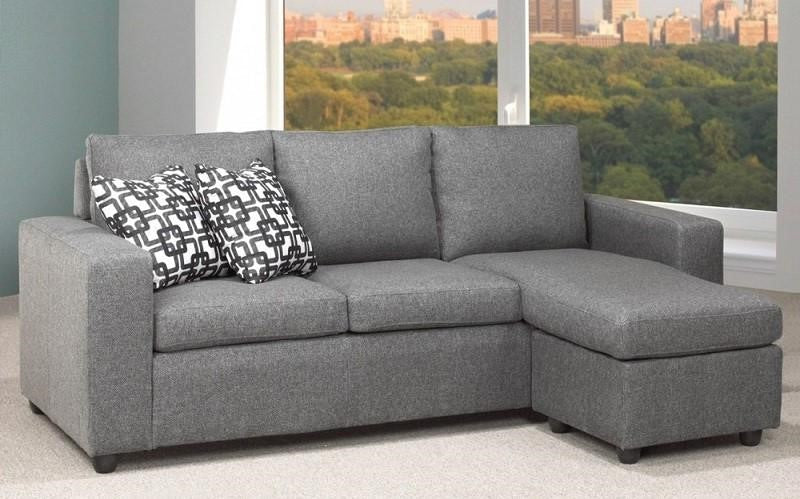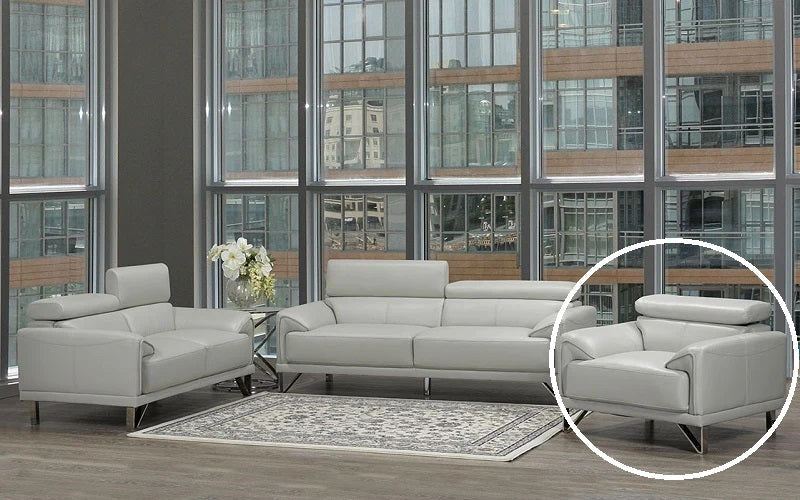Contemporary vs. Traditional Furniture: Which Style Suits Your Home?

Choosing between contemporary and traditional furniture is one of the most significant decisions when furnishing a home. Both styles offer distinct aesthetics, functionality, and historical roots, catering to different tastes and preferences. This blog post explores contemporary and traditional furniture's characteristics, benefits, and considerations, helping you make an informed decision about your living space.
Defining Contemporary Furniture
Contemporary furniture, often synonymous with modern furniture, reflects design trends of the late 20th century and the present. This style is characterized by its minimalistic approach, clean lines, and focus on simplicity and functionality. Contemporary pieces often feature innovative materials such as glass, metal, and moulded plastics, creating a sleek and uncluttered look.
Key Features of Contemporary Furniture
- Simplicity and Minimalism: Contemporary furniture features straightforward designs without excessive ornamentation.
- Clean Lines: Straight, crisp lines dominate contemporary pieces, offering a neat and orderly appearance.
- Neutral Color Palettes: Shades like black, white, grey, and beige are prevalent, often complemented by bold accent colours.
- Innovative Materials: Use unconventional materials like metal, glass, and engineered wood.
- Functionality: Designed to be practical and adaptable, often incorporating multifunctional elements.
Defining traditional furniture
Traditional furniture, in contrast, is rooted in historical design trends, particularly those from the 18th and 19th centuries. Rich details, ornate carvings, and luxurious materials characterize this style. Traditional furniture often evokes grandeur and timeless elegance, reflecting past craftsmanship.
Critical features of traditional furniture
- Ornate Details: Traditional pieces commonly use intricate carvings, embellishments, and mouldings.
- Curved Lines: Gentle curves and soft edges add to the furniture's ornate look.
- Rich Color Palettes: Deep, warm colours such as mahogany, cherry, and walnut are frequently used.
- Classic Materials: High-quality woods, leather, and luxurious fabrics like velvet and brocade.
- Historical Influences: Designs often draw inspiration from classical European styles such as Victorian, Georgian, and Queen Anne.
Benefits of contemporary furniture
Versatility and adaptability
Contemporary furniture has many advantages, including versatility. The minimalist design and neutral colour palette make integrating various interior design schemes easy. Contemporary pieces can seamlessly fit in whether you want a sleek, modern look or a more eclectic aesthetic.
Space efficiency
Contemporary furniture is often designed for urban living, where space is premium. Pieces are compact and multifunctional, making them ideal for small apartments or homes with limited space. For example, a contemporary sofa might include built-in storage, or a coffee table might double as a desk.
Modern appeal
Contemporary furniture offers the latest design trends for those who prefer a fresh, up-to-date look. Clean lines and innovative materials create a chic, sophisticated environment that feels current and stylish.
Benefits of traditional furniture
Timeless elegance
Traditional furniture brings history and timeless beauty to a home. Rich materials, intricate details, and classic designs create elegance and sophistication. These pieces often become family heirlooms, passed down through generations.
Durability and craftsmanship
Traditional furniture is often associated with superior craftsmanship and durability. High-quality materials and skilled artistry mean these pieces can withstand time, both in style and functionality.
Warmth and comfort
Traditional furniture uses deep colours and plush materials to create a warm and inviting ambience. Traditional pieces often prioritize comfort, with generous cushioning and supportive structures that make a home feel cosy and welcoming.
Considerations for Choosing Between Contemporary and Traditional Furniture
Personal Style and Preference
Your style and preferences should be the primary factors in your decision. If you are drawn to clean lines, simplicity, and modern styling, contemporary furniture might be the right fit. Conversely, if you appreciate detailed craftsmanship, rich materials, and a classic aesthetic, traditional furniture may suit your liking.
Home Architecture and Existing Decor
Consider your home's architecture and existing decor. Contemporary furniture often complements modern, minimalist spaces, while traditional furniture can enhance older homes with historical features. It is essential to create a cohesive look that harmonizes with your home's overall design.
Functionality and Lifestyle
Think about your lifestyle and how you use your living spaces. Contemporary furniture's multifunctional designs can be advantageous for busy urban living, where practicality is essential. Traditional furniture, emphasizing comfort and durability, might be better suited to those who prioritize a cosy, inviting environment.
Blending contemporary and traditional furniture
Blending contemporary and traditional furniture can create an individual and personalized aesthetic for those torn between the two styles. This approach, known as transitional design, combines the finest elements of both styles, resulting in a balanced and harmonious look.
Tips for Blending Styles
- Choose a Dominant Style: Decide which style will be predominant in your space and use elements of the other styles as accents.
- Unify with Color: Use a consistent colour palette to tie different pieces together, creating a cohesive look.
- Mix Materials and Textures: Combine contemporary furniture's sleek materials with rich textures of traditional pieces to add depth and interest.
- Balance Proportions: Ensure that furniture pieces are balanced to create a harmonious and well-integrated space.
Final thoughts
Choosing between contemporary and traditional furniture is a significant decision that can shape the ambience and functionality of your home. Contemporary furniture offers modern appeal, versatility, and space efficiency, while traditional furniture brings timeless elegance, durability, and comfort. Ultimately, the most appropriate choice depends on your style, home architecture, and lifestyle needs. For those who appreciate both styles, blending contemporary and traditional elements can create an elegant and inviting space that reflects your taste.




